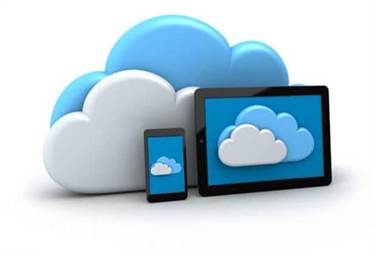If you have installed TeamCity as a Windows service, follow the usual procedure of starting and stopping services. Otherwise, to start or stop the TeamCity server and one default agent at the same time, launch the runAll script via a command line. Currently, the default OS versions are Ubuntu 20.04 and Windows 2019. This means that TeamCity will prefer these versions when it picks up an agent for a build in case another version is not selected with explicit agent requirements. More and more vendors are porting their software products to this platform. While it’s technically possible to produce ARM-specific distributions on x86 architecture with the help of emulators, native builds are a higher performing and more resilient method.
- We’ve seen patterns of having an agent per each 20 build configurations (types of builds).
- Currently, the default OS versions are Ubuntu 20.04 and Windows 2019.
- Starting from February 1, 2024, the new default build agents will be Ubuntu 22.04 and Windows 2022, respectively.
- TeamCity has multiple features to handle orchestration part of the deployments with the actual deployment logic configured in the build script / build runner.
- In addition to the existing options, we’ve added a new one – Only if build status is failed.
TeamCity allows you to specify the build step execution policy according to your needs. In addition to the existing options, we’ve added a new one – Only if build status is failed. Your feedback is highly appreciated – feel free to share it via the support platform. If you use Kotlin DSL for your TeamCity project settings, you need to update your DSL after upgrading as described here. Create your first project in TeamCity and configure and run your first build.
Pull request support in UI
Apart from the binaries, TeamCity agent installation stores its configuration and data left from the builds it run. Usually the data from the previous builds makes preparation for the future builds a bit faster, but it can be deleted if necessary. The configuration is stored under conf and launcher\conf directories. The data collected by previous build is stored under work and system directories. Note that the proxy has to be configured not to cache any TeamCity server responses; for example, if you use Squid, add “cache deny all” line to the squid.conf file.

To learn more about major TeamCity features, refer to the official JetBrains website. For the full list of the new features, please refer to the What’s New section in our documentation. For more details please refer to the TeamCity Cloud page on our website and the TeamCity Cloud FAQ.
Additional Setup
See also Use an External Tool that My Build Relies on for the recommendations on how to run an external tool. On build configuration pausing all its builds are removed form the queue. Also there is an ability to delete many builds from the build queue in a single dialog. TeamCity is a CI/CD server which key features are a powerful toolset and universality.
This token was then used for issuing a permanent personal access token for the user. To understand the data flow between the server and the agents, what is passed to the agents, how and when TeamCity gets the results, let us take a look at a simple build lifecycle. Files produced by a build, for example, installers, WAR files, reports, log files, when they become available for download. The settings include VCS roots, build steps, and build triggers described below.
Allow opening Versioned Settings repository in an external system (GitHub, Space)
In addition to the EC2 support improvements, we’re introducing the updated TeamCity and JetBrains Space integration. TeamCity now supports refreshable tokens for Space and brings a new type of connection on the project level with Space. TeamCity will distribute them to compatible build agents as soon as the agents become idle. A queued build is assigned to an agent at the moment when it is started on the agent; no pre-assignment is made while the build is waiting in the build queue.
TeamCity is a continuous integration/continuous delivery (CI/CD) server. To present the results for a generic report, the approach might be to generate HTML report in the build script, pack it into archive and publish as a build artifact. Then configure a report tab to display the HTML report as a tab on build’s results. Create your first project in TeamCity Cloud and configure and run your first build. If you are new to CI/CD or TeamCity, the Cloud is a great starting point as it automatically resolves the task of installing and configuring the server. We’ve also enhanced a number of TeamCity integrations, including Perforce Helix Swarm and Space, among other features.

After that, you’ll be able to access Google as one of the HTTP / SSO authentication modules. To get a general idea of how to install TeamCity for evaluation, you can watch this video tutorial, or read the full guide below. Let’s teamcity cloud try to test the Kotlin Compiler (Gradle jvmCompilerTest task) on Windows-Server-2019-Medium to see how it works on Windows. As you can see, the CPU and memory usage remains high during almost the entire execution process.

Starting from February 1, 2024, the new default build agents will be Ubuntu 22.04 and Windows 2022, respectively. It would be wonderful if starting building for ARM was as simple as copying an existing x86-specific configuration and just changing a required agent. However, the ARM environment is different, and your software and build configurations might need adjustment. TeamCity Cloud already provides Windows build agents featuring 2 and 4 vCPU. However, when it comes to games, simulators, physics engines, and other projects that demand huge bandwidth, much more is needed.


Læg en kommentar